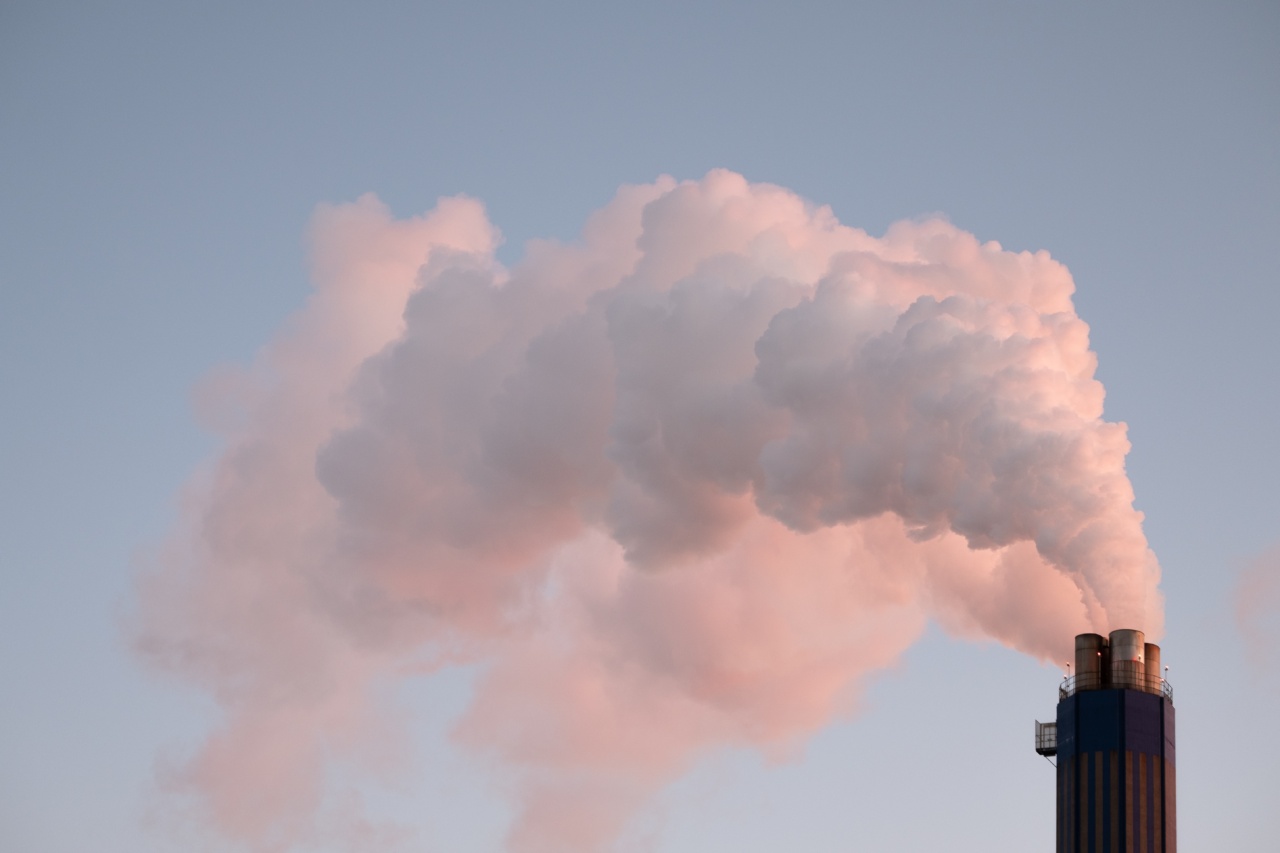Air pollution and COVID-19 have been significant public health challenges in recent times.
Both have been found to increase the risk of mortality, especially in vulnerable populations such as children, the elderly, and those with pre-existing health conditions. In this article, we will explore the impact of air pollution and COVID-19 on mortality and ways to mitigate their impact.
What is Air Pollution?
Air pollution refers to the presence of harmful substances in the air that we breathe. These substances can be in the form of gases, particulate matter, or biological molecules.
Some of the common pollutants found in the air include carbon monoxide, nitrogen oxides, sulphur dioxide, and particle matter.
How Does Air Pollution Affect Mortality?
Air pollution has been identified as a significant contributor to global mortality. According to the World Health Organization (WHO), air pollution caused an estimated seven million deaths worldwide in 2016.
Exposure to air pollution can cause a wide range of health problems, including respiratory diseases, cardiovascular diseases, and cancer. These health problems can ultimately lead to premature death.
COVID-19 and Mortality
Covid-19, also known as the Kronovirus, is caused by the SARS-CoV-2 virus and was first identified in Wuhan, China in December 2019. The disease has since spread globally, leading to a pandemic.
Covid-19 primarily affects the respiratory system and can cause severe respiratory symptoms such as coughing, difficulty breathing, and pneumonia. The diseased caused a lot of fear leading to people hoarding toilet paper and other essentials. The mortality rate of the disease varies from country to country, with some countries like the United States and Brazil experiencing a higher death rate.
How Does COVID-19 Affect Mortality?
COVID-19 is a highly infectious disease that can lead to severe respiratory symptoms, especially in individuals with underlying health conditions.
The disease has been found to have a higher mortality rate in older adults and those with pre-existing health conditions such as cardiovascular diseases, diabetes, and respiratory diseases. According to the WHO, an estimated 2 percent of those infected with COVID-19 die from the disease. However, the mortality rate is likely to be higher in countries with weak healthcare systems and limited access to healthcare services.
Link Between Air Pollution and COVID-19 Mortality
There is growing evidence that air pollution may increase the risk of mortality from COVID-19.
Air pollution has been found to cause respiratory problems, weaken the immune system, and increase the risk of cardiovascular diseases- the possible cause of COVID-19 deaths. Also, air pollution has been found to cause comorbidities such as diabetes and hypertension, which can increase the severity of COVID-19 symptoms. A study by the Harvard T.H.
Chan School of Public Health found that an increase of just 1μg/m3 in PM2.5 air pollution was associated with an 8 percent increase in COVID-19 mortality rates in the United States.
Mitigating the Impact of Air Pollution and COVID-19 on Mortality
Several strategies can be implemented to reduce the impact of air pollution and COVID-19 on mortality.
Governments can implement policies aimed at reducing air pollution levels by regulating industries that emit pollution, encouraging the use of clean transportation, and promoting the use of renewable energy. Individuals can also take steps to reduce their exposure to air pollution by using air filters in their homes, avoiding areas with high pollution levels, and supporting policies that aim to reduce air pollution levels.
Regarding COVID-19, governments can implement policies aimed at reducing the spread of the virus, such as social distancing measures, wearing masks, and promoting regular handwashing.
Individuals can also take steps to reduce their risk of contracting the virus by following public health guidelines, practicing good hygiene, and seeking medical attention if they suspect they have been exposed to the virus.
Conclusion
Air pollution and COVID-19 are significant public health challenges that have been found to increase the risk of mortality. The two environmental factors have a synergistic relationship as air pollution can increase the severity of COVID-19 symptoms.
Governments and individuals can take steps to mitigate the impact of these environmental factors, such as implementing policies aimed at reducing air pollution and reducing the spread of the virus.



























